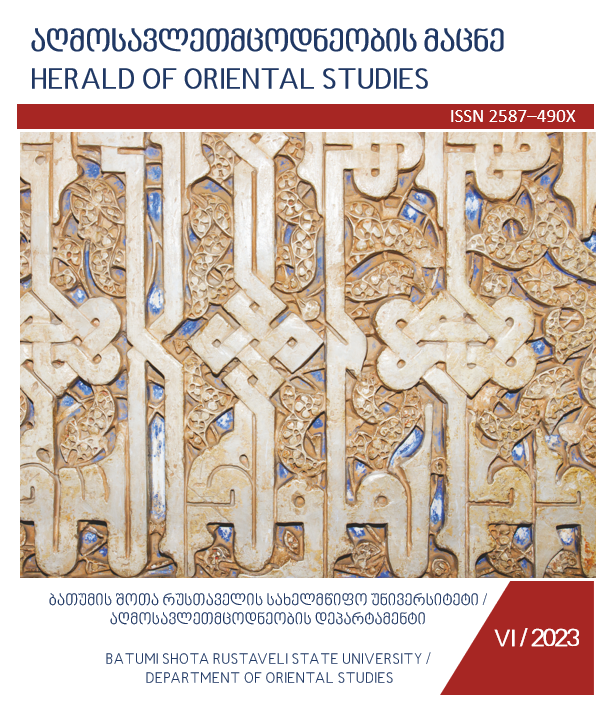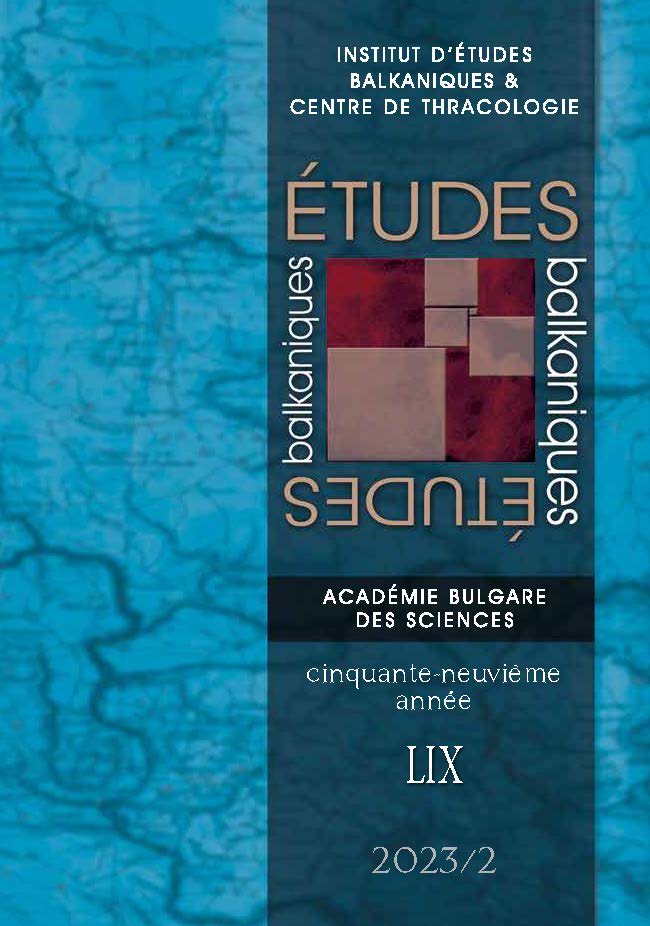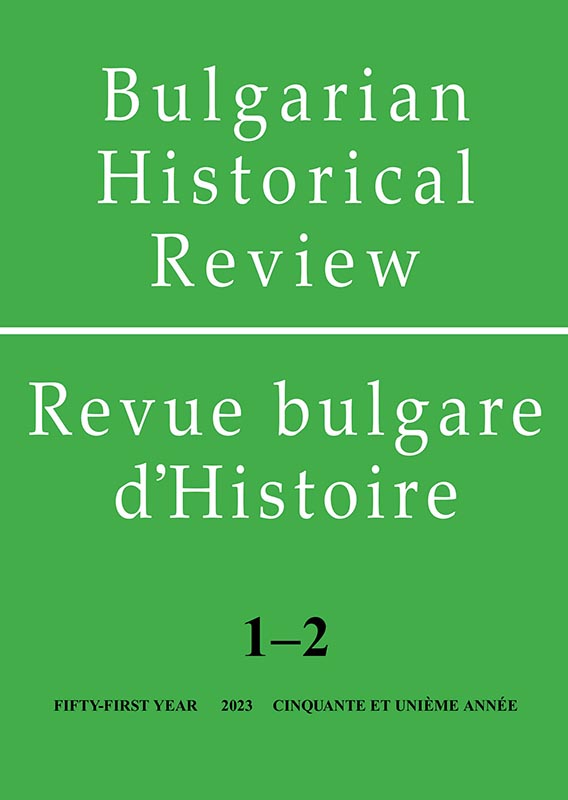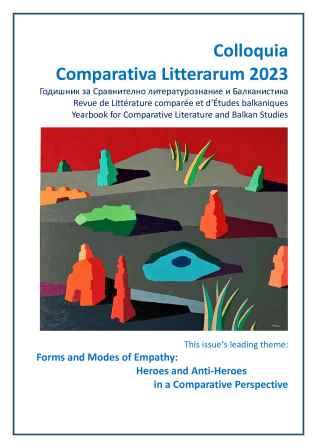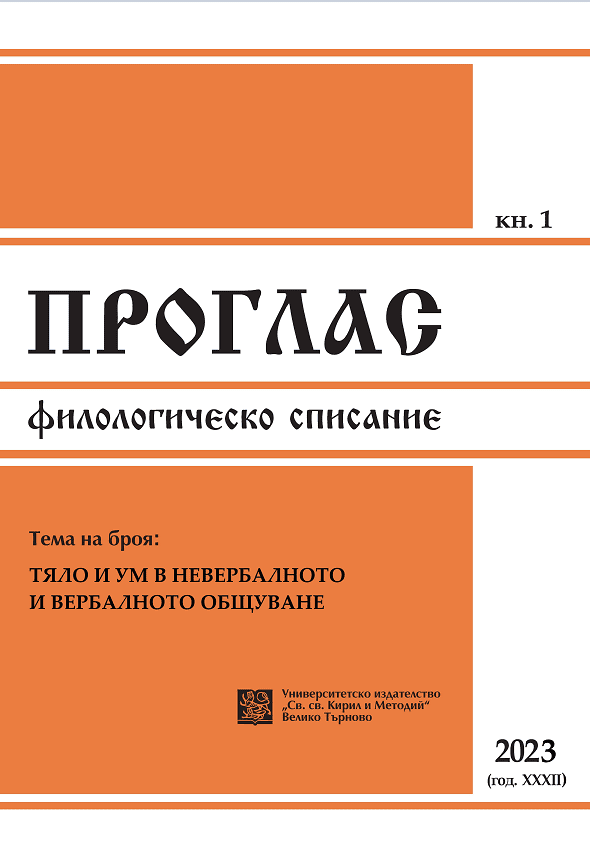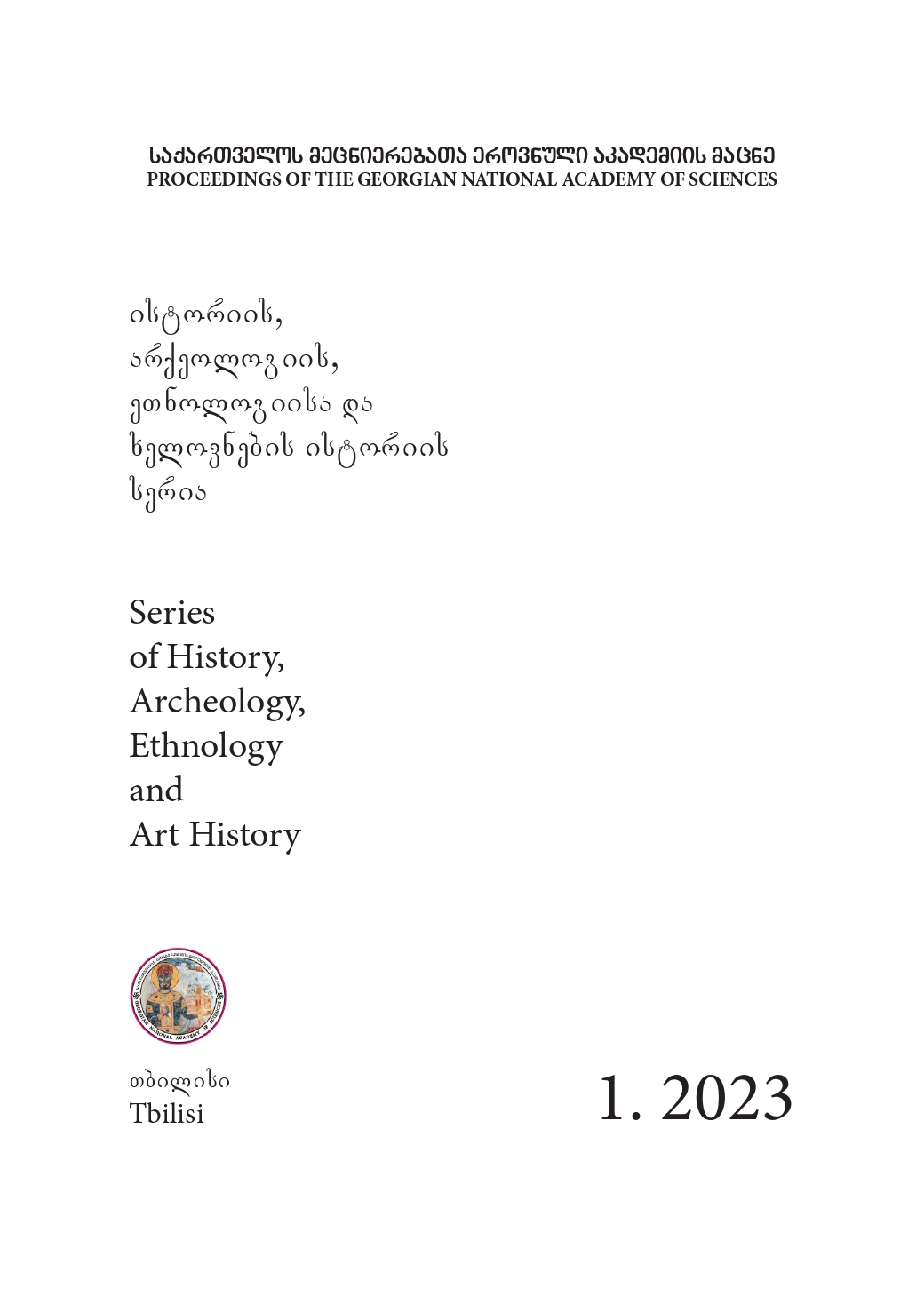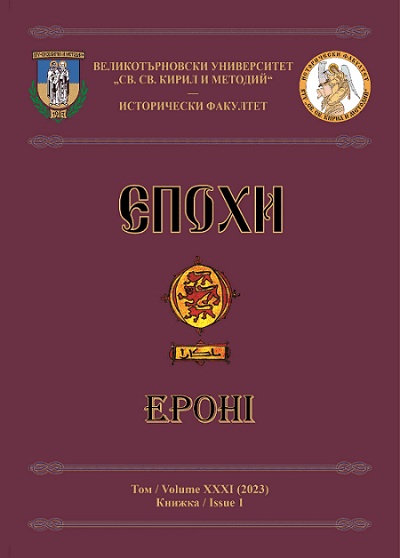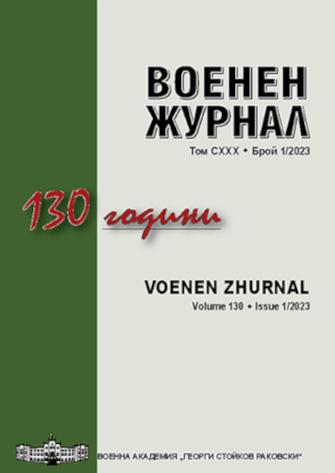Author(s): Beka Gachechiladze / Language(s): Georgian
Issue: 1/2023
After February 25, 1921, the Soviet government tried in every possible way to win the favor of the population of Georgia, even though they managed to gain control over the country by force of arms, still, according to their outlook, they were doing a good deed, which they had to explain to the population. According to the command of the occupying forces of Soviet Russia and the Transcaucasian Bureau of the Communist Party, it was the government of the Democratic Republic that was repressive and oppressive to the population, but then again they also realized that the occupation would make a neutral person feel bad about the occupier, so in the initial period it was decided to pursue a "compromising" policy, which meant the conditional preservation of the old system, so that the population did not feel too big of a change and there were no disturbances in the country, which could result with serious consequences.The Soviet occupation authorities kept local parties around, however covert surveillance and recruitment policies were launched against its members, the purpose of these actions being to physically or politically eliminate people who had more or less influence on the population.In spite of this kind of covert actions, the Soviet occupation authorities could not avoid the demand of the population to celebrate the day of declaration of independence on May 26, which the Georgian nation considered as a national as well as a political achievement. Although the Soviet authorities did not want this day to be celebrated, they were forced to take into account the demand of the majority of the population, however, they found a solution that would be convenient for their rule, they transformed May 26, the Independence Day of the Georgian people, into an international day for the liberation of common workers, where they presented Georgia, not as An independent state, but a country of workers who were oppressed and real freedom was only brought by February 25. With such a distorted ideology, the authorities of Soviet Georgia celebrated May 26 for the first and last time during its existence without its real idea and essence.
More...
